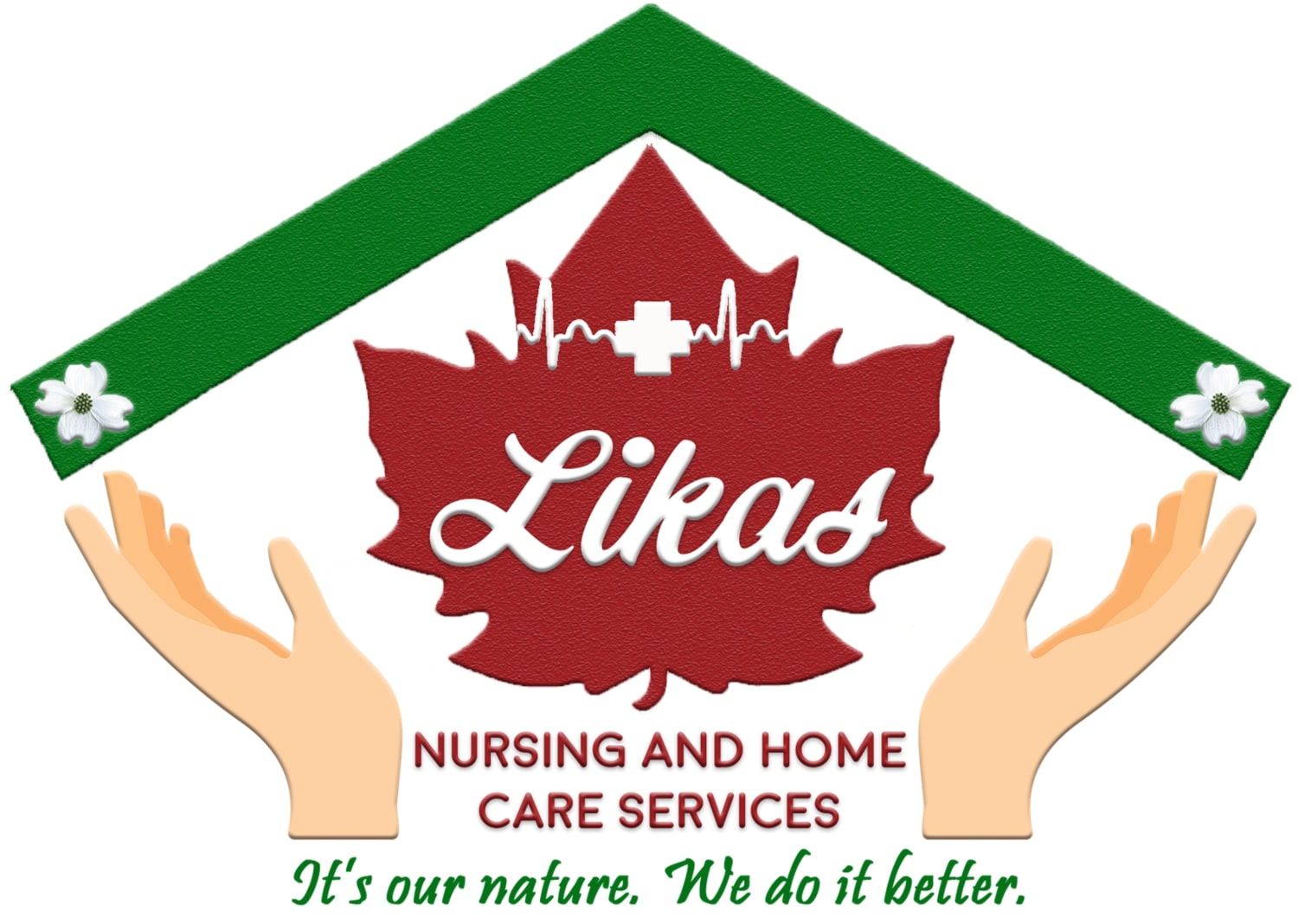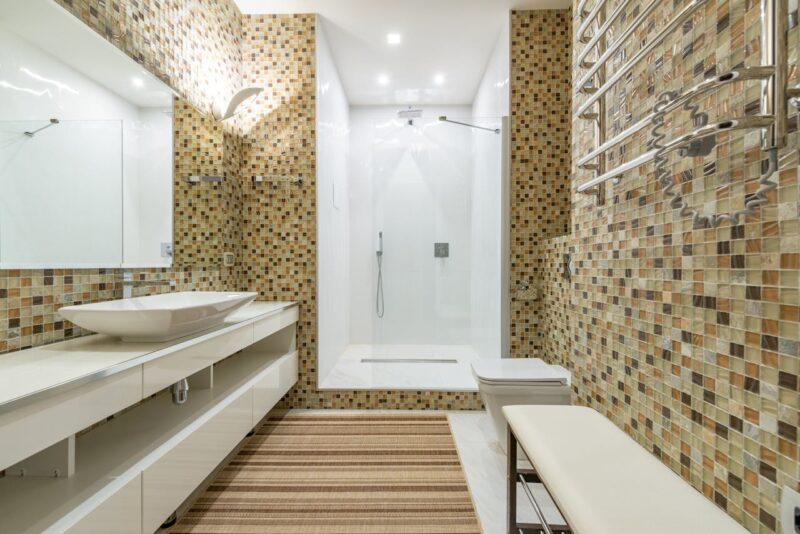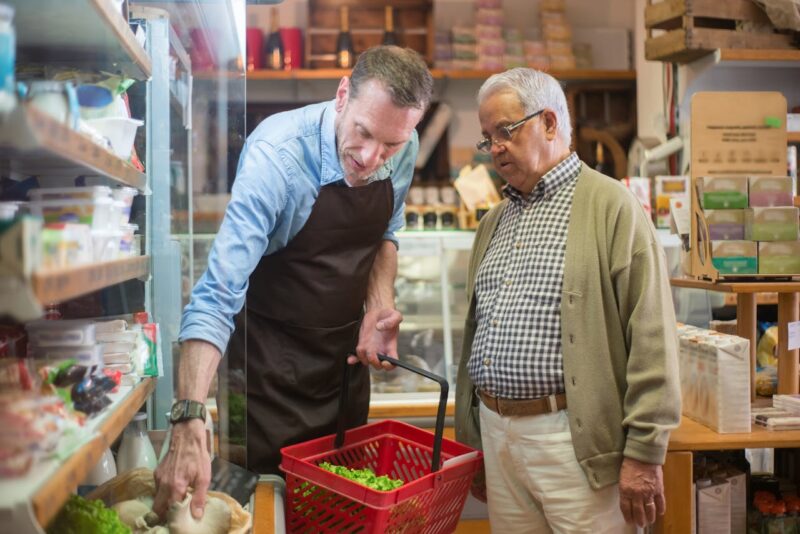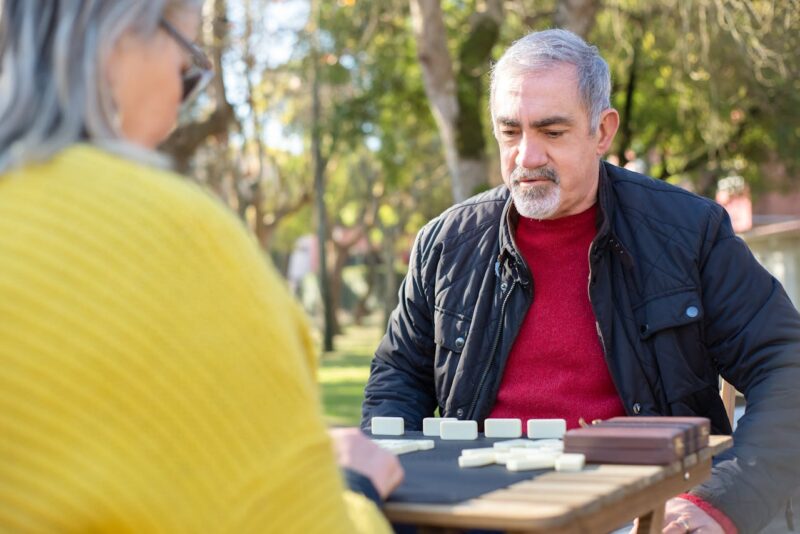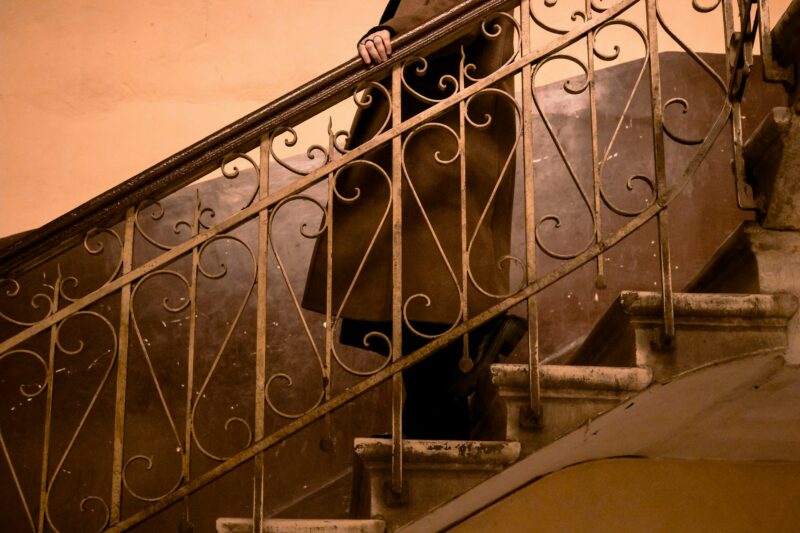
Falls are a major concern for the elderly, leading to serious injuries and loss of independence. Many believe that aging means increased risk, but there are effective strategies to combat this issue. Understanding how to reduce falls in elderly individuals can transform their daily lives. Simple adjustments at home, regular exercise, and proper footwear make a world of difference.
The right knowledge empowers families and caregivers to create safer environments. By focusing on prevention, we can help seniors maintain their mobility and confidence. This post will explore practical tips and insights to keep your loved ones safe from falls. Together, we can change the narrative around aging and safety.
Causes of Falls in Elderly
Vision Changes
Aging affects vision. Many elderly adults experience reduced clarity and depth perception. This makes it hard to judge distances. Poor lighting can worsen these issues. Dimly lit areas increase the risk of a sudden fall. Regular eye check-ups can help identify problems early.
Hearing loss is also common as people age. It can make it difficult to hear warnings or sounds around them. If someone cannot hear an approaching person or vehicle, they may not react in time. This combination of vision and hearing changes greatly increases the chance of falls.
Chronic Conditions
Chronic medical conditions impact balance and mobility. Diseases like arthritis limit movement. Pain from arthritis can make walking difficult. Other conditions, such as diabetes, can cause neuropathy. Neuropathy leads to numbness in the feet, affecting balance.
Heart disease can also play a role. It may cause dizziness or fatigue during physical activity. These symptoms can lead to many falls if not managed properly. Regular medical check-ups are essential for managing these chronic issues.
Cognitive Decline
Cognitive decline is another critical factor in fall risk. Many elderly adults face memory loss or confusion. This decline can affect their ability to navigate their environment safely. They might forget to use assistive devices, like walkers or canes.
Disorientation can lead to poor decision-making. For instance, someone may attempt to climb stairs without realizing they need help. This behavior significantly raises the chances of fall injuries. Engaging in mental exercises and social activities can help slow cognitive decline.
Environmental Hazards
The home environment often contains hazards that contribute to falls. Loose rugs, cluttered floors, and poor lighting are common issues. These factors create obstacles that elderly adults may trip over easily.
Installing grab bars in bathrooms and ensuring clear walkways can help reduce risks at home. Removing loose items from floors is a simple step that can prevent many falls.
Medication Effects
Many elderly adults take multiple medications for various health issues. Some medications have side effects that affect balance or coordination. Drowsiness or dizziness from medication can lead to falls.
Regularly reviewing medications with a healthcare provider is vital. Adjusting dosages or switching medications may improve safety for elderly patients.
Understanding Sarcopenia
Definition
Sarcopenia refers to the loss of muscle mass and strength due to aging. This condition typically starts in the 30s and accelerates after the age of 60. It affects daily activities like walking, climbing stairs, and lifting objects. As muscle mass decreases, balance also suffers. This decline can lead to a higher risk of falls among older adults.
Fall Risk
The relationship between sarcopenia and increased fall risk is significant. Weaker muscles reduce stability and coordination. Older adults with sarcopenia often struggle with balance. Studies show that individuals with low muscle strength are three times more likely to fall than those with normal muscle function. Falls can lead to serious injuries, such as fractures or head trauma, which may limit mobility further.
Mitigating Strategies
Addressing sarcopenia involves both nutrition and exercise. Proper nutrition plays a crucial role in maintaining muscle mass. A diet rich in protein helps support muscle repair and growth. Older adults should aim for at least 1.0 to 1.2 grams of protein per kilogram of body weight each day. Foods like lean meats, fish, dairy products, legumes, and nuts are excellent sources.
Exercise is equally important in combating sarcopenia. Resistance training is particularly effective. Engaging in strength exercises two to three times a week can slow down muscle loss. Activities like weight lifting or using resistance bands help build muscle strength.
Incorporating balance exercises also reduces fall risk. Simple activities such as tai chi or yoga improve coordination and stability. These practices enhance body awareness and control, making it easier to prevent falls.
Steps for Implementation
Assess Nutritional Needs: Consult a healthcare provider to determine dietary requirements.
Create a Balanced Diet Plan: Include high-protein foods and essential nutrients.
Start an Exercise Routine: Incorporate both resistance training and balance exercises.
Monitor Progress: Regularly evaluate strength and balance improvements.
Adjust as Necessary: Modify diet and exercise plans based on progress or feedback from professionals.
Steps to Prevent Falls
Exercise Types
Strength and balance exercises play a crucial role in preventing falls. These activities can enhance stability and coordination. Simple exercises include leg lifts, heel-to-toe walks, and chair stands.
Tai Chi is also effective. It combines slow movements with deep breathing. Studies show that Tai Chi improves balance and reduces fall risk among seniors. Aim for at least 30 minutes of exercise three times a week.
Health Check-Ups
Regular health check-ups are essential. Doctors can identify potential fall hazards related to medical conditions. Conditions like arthritis or vision problems increase fall risk.
Medication reviews are equally important. Some medications can cause dizziness or drowsiness. Discuss any side effects with healthcare providers to adjust prescriptions as needed.

Sleep and Hydration
Adequate sleep affects overall health significantly. Lack of sleep can lead to confusion and poor coordination. Seniors should aim for 7-9 hours of quality sleep each night.
Hydration is another key factor. Dehydration can cause weakness and dizziness. Drink enough water throughout the day to stay hydrated.
Home Safety
Making home adjustments enhances safety significantly. Remove loose rugs and clutter from walkways. Install grab bars in bathrooms and railings on stairs for support.
Ensure adequate lighting throughout the home, especially on stairs. Use night lights to guide during nighttime trips to the bathroom.
Fall Prevention Programs
Participating in a falls prevention program can provide valuable resources. Many communities offer workshops or classes focusing on safety tips and exercises.
These programs often include educational materials about fall risks and prevention strategies tailored for seniors.
Awareness of Risk Factors
Understanding fall risk factors helps in creating an effective fall prevention plan. Age-related changes, medications, and health conditions contribute to increased risk.
Awareness allows seniors to make informed decisions about their health and safety. Encourage discussions about these risks with family members or caregivers.
Community Resources
Local organizations often host fall prevention webinars and workshops. These events provide knowledge about managing fall risks effectively.
Seniors can learn about community resources available for home modifications or exercise programs.
Enhance Home Safety
Common Hazards
Many homes contain dangers that can lead to falls. Loose rugs, cluttered floors, and poor lighting are common hazards. In fact, about 30% of seniors experience a fall each year. This statistic shows the injury risk in everyday environments.
Bathroom areas pose significant threats. Wet floors can make simple accidents occur easily. The kitchen also has many potential risks. Spills and uneven surfaces can increase the chance of falling.
Modifications Needed
To improve home safety, consider installing grab bars in bathrooms. These bars provide support when getting in and out of the shower or tub. Non-slip mats are essential as well. Place them in areas where water is likely to accumulate.
Stairs should have sturdy handrails on both sides. This helps prevent falls when moving between levels. Adequate lighting is crucial too. Bright lights can reduce shadows and help identify obstacles.
Declutter Regularly
Regular decluttering can significantly enhance safety at home. Removing unnecessary items creates clear walking paths. This reduces the chances of tripping over objects left on the floor.
Encouraging family members to assist with this task can be helpful. Each person can take responsibility for their own space. Encourage them to keep walkways clear and organized.
Alcohol Awareness
Alcohol can increase the risk of falls among the elderly. It impairs balance and coordination. Reducing alcohol consumption may lower the chance of injury at home.
Discussing this issue openly with family members can help raise awareness. They can support efforts to limit alcohol intake, especially during social gatherings.
Fear of Falling
The fear of falling often leads to reduced activity levels in seniors. This fear can create a cycle that increases the risk of falls. Staying active is important for maintaining strength and balance.
Encourage participation in gentle exercises like yoga or tai chi. These activities improve stability and confidence in movement. Group classes also provide social interaction, which can boost morale.
Importance of Physical Activity
Strength Improvement
Engaging in physical activity plays a crucial role in enhancing strength and coordination. Regular movement helps maintain muscle mass, which tends to decline with age. This loss can lead to a higher risk of falls. Simple activities like walking, stretching, or even light resistance training can make a significant difference.
Strengthening exercises focus on major muscle groups. These include legs, arms, and core muscles. Improved strength leads to better balance and stability. For example, doing stand exercises, such as leg lifts or squats, can strengthen the lower body.
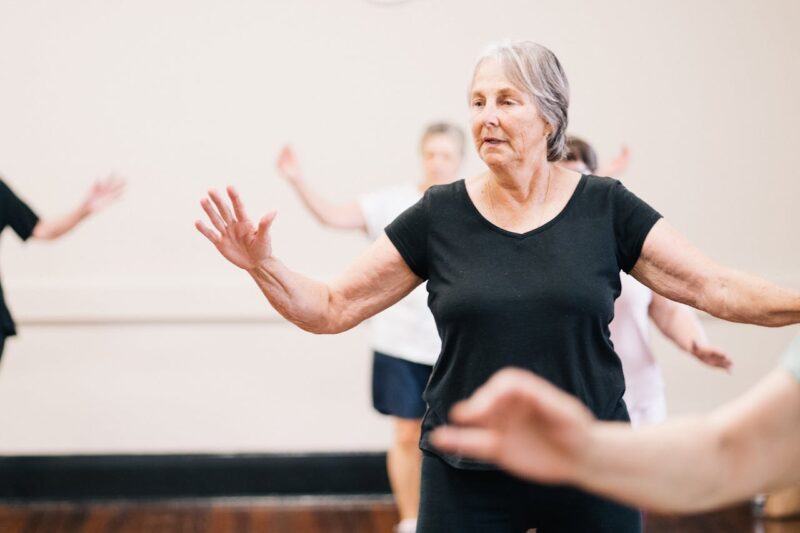
Social Interaction
Group classes or community programs offer more than just exercise; they provide social interaction. Activities like yoga, tai chi, or dance classes encourage seniors to engage with others. This connection can boost motivation and make exercising more enjoyable.
Participating in group activities also fosters friendships. Having a support system promotes consistency in attending classes. This regular engagement contributes positively to mental health and overall well-being.
Mental Health Benefits
Staying active has notable mental health benefits. Exercise releases endorphins, which improve mood and reduce anxiety. A positive mindset can lead to better focus and awareness of surroundings, reducing fall risks.
Mental sharpness is essential for avoiding hazards that may cause falls. Engaging in regular physical activity helps maintain cognitive function as well. Activities that combine physical movement with mental challenges, like dancing or certain sports, are particularly beneficial.
Safe Exercise Programs
Implementing a safe exercise program is vital for injury prevention. Seniors should consult healthcare providers before starting any new activity regimen. Professionals can recommend appropriate exercises based on individual health conditions.
Low-impact exercises are often safer options for older adults. Walking, swimming, or cycling are great choices that minimize the risk of injury while promoting cardiovascular health.
Avoiding alcohol use is also important when considering physical activity. Alcohol can impair coordination and balance, increasing the likelihood of falls.
Energy Levels
Regular physical activity boosts energy levels too. Increased energy allows seniors to stay active throughout the day. Feeling energized encourages participation in various activities that promote health.
Maintaining an active lifestyle leads to greater independence and improved quality of life for seniors.
Strengthen Bones and Avoid Fractures
Healthy Diet
A healthy diet plays a crucial role in maintaining strong bones. Calcium and vitamin D are essential for bone health. Foods rich in calcium include dairy products, leafy greens, and fortified cereals. Vitamin D helps the body absorb calcium effectively. Fatty fish like salmon and egg yolks provide good sources of vitamin D.
Older adults should aim for at least 1,200 mg of calcium daily. This intake can help reduce the risk of bone loss and fractures. Vitamin D levels should also be monitored. Most adults need about 800 to 1,000 IU of vitamin D each day.
Weight-Bearing Exercises
Engaging in weight-bearing exercises is vital for maintaining bone density. These exercises force the body to work against gravity. Activities such as walking, dancing, and climbing stairs are excellent choices. They stimulate bone formation and strengthen muscles around the bones.
Studies show that regular exercise can significantly lower the risk of fragility fractures in older adults. A routine of at least 30 minutes most days can improve overall strength and balance. Stronger muscles support better stability, which helps prevent falls.
Bone Density Screenings
Regular screenings for bone density are essential for early detection of osteoporosis. Osteoporosis increases the risk of broken bones and serious injuries from falls. Health professionals recommend that women over 65 and men over 70 get screened.
Bone density tests measure the amount of bone mineral content. These tests can identify low bone density before fractures occur. Early detection allows for timely intervention through medication or lifestyle changes.
Fall Prevention Programs
Fall prevention programs focus on both physical health and environmental safety. Many communities offer classes that teach balance and strength training specifically designed for older adults. These programs aim to reduce fall risks by improving muscle strength and coordination.
In addition to exercise, making home modifications can enhance safety. Simple changes like removing rugs, adding grab bars, and ensuring proper lighting can all help reduce falls.
Social Engagement
Staying socially active also supports healthy aging. Engaging with friends or participating in community activities can encourage regular exercise. Social interactions promote mental well-being too, which contributes to overall health.
Use Assistive Devices
Mobility Aids
Various types of assistive devices are available for mobility support. Walkers provide stability and balance. They help prevent falls by offering a sturdy frame to lean on. Canes are another option. They help improve balance and reduce pressure on the legs.
Wheelchairs offer mobility for those with more severe disabilities. These devices allow users to move around independently. Each type serves different needs based on individual conditions.
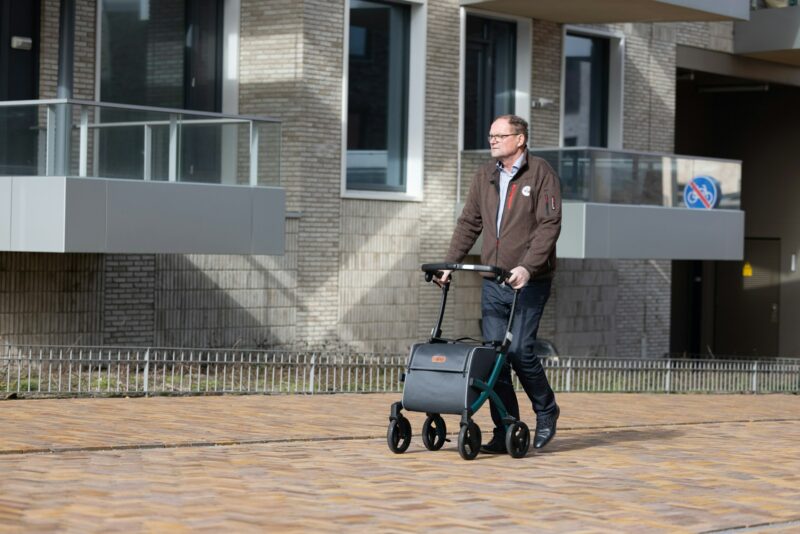
Training Importance
Training is essential for using assistive devices safely. Proper training reduces the risk of injuries. Users must learn how to adjust their devices correctly. This includes height adjustments and understanding weight limits.
Practicing how to use these devices can boost confidence. It allows individuals to navigate their environment more effectively. Family members can also benefit from training sessions. They can learn how to assist loved ones in using these aids safely.
Healthcare Consultation
Consulting healthcare professionals is vital for personalized recommendations. Doctors can assess individual needs based on health conditions. They consider factors like vision problems and strength levels when making suggestions.
Healthcare providers can recommend specific devices tailored to each person’s situation. Regular check-ups ensure that the devices remain appropriate as needs change over time. Adjustments may be necessary if there are changes in mobility or health status.
Vision Considerations
Vision plays a significant role in preventing falls among the elderly. Many older adults experience vision loss, which increases fall risk. Using assistive devices designed for those with visual impairments can help.
Devices such as high-contrast canes or walkers with lights enhance visibility. These tools guide users through their surroundings safely. Regular eye exams can also help identify vision problems early.
Long-Term Benefits
Implementing assistive devices offers long-term benefits for older adults. They promote independence and improve overall quality of life. Reducing the risk of falls leads to fewer injuries and hospital visits.
Using these aids decreases the likelihood of developing a term disability due to falls. Adults who actively engage with their mobility aids often report higher satisfaction levels in daily activities.
Proper Footwear Selection
Shoe Fit
Selecting shoes that fit properly is crucial for preventing falls. Shoes should be snug but not tight. They must allow enough room for toes to move comfortably. A good fit helps maintain balance while walking.
Shoes that are too loose can cause tripping. This is a common reason for injuries among the elderly. Ill-fitting shoes can lead to slips and falls, increasing the risk of serious health issues. Regularly checking shoe size is important as feet can change over time.
Support and Traction
Footwear should provide adequate support. Look for shoes with arch support and cushioned soles. These features help absorb shock during walking. Good traction is also essential. Shoes with rubber soles grip better on various surfaces.
Avoid shoes that lack traction. Smooth soles increase the chance of slipping, especially on wet floors. High heels and flip-flops are particularly dangerous. They do not offer stability or proper support. Wearing these types of shoes can lead to falls and injuries.
Periodic Assessments
Assessing footwear periodically is vital for safety. Over time, shoes wear out and lose their effectiveness. Check for signs of damage such as worn-out soles or loose fittings. Replace any footwear that shows significant wear.
Consider the environment when choosing footwear. Different settings may require specific types of shoes. For instance, non-slip shoes are ideal for wet areas like kitchens or bathrooms.
Encourage regular evaluations of footwear to ensure comfort and safety. This simple practice can significantly lower the risk of falls.
Final Remarks
Reducing falls in the elderly is crucial for their safety and well-being. By understanding the causes and implementing preventive measures, you can make a significant difference. Focus on enhancing home safety, promoting physical activity, and ensuring proper footwear. These steps empower your loved ones to maintain their independence while minimizing risks.
Take action today. Assess your environment, encourage regular exercise, and consider assistive devices if needed. Every little effort counts toward creating a safer space for the elderly in your life. Let’s prioritize their health and happiness together. Your proactive approach can lead to a more secure future for them.
Frequently Asked Questions
What are the main causes of falls in the elderly?
Falls in the elderly can be caused by factors such as muscle weakness, poor balance, medications, environmental hazards, and health conditions like arthritis or vision impairment. Understanding these causes is crucial for prevention.
How does sarcopenia affect fall risk?
Sarcopenia, or age-related muscle loss, increases fall risk by reducing strength and balance. Maintaining muscle mass through exercise can help mitigate this issue and enhance stability.
What steps can I take to prevent falls?
To prevent falls, ensure regular health check-ups, engage in strength training, and assess home safety. Simple changes can significantly reduce fall risks among the elderly.
How can I enhance home safety for seniors?
Enhance home safety by removing tripping hazards, installing grab bars, improving lighting, and ensuring clear walkways. These modifications create a safer living environment for seniors.
Why is physical activity important for preventing falls?
Physical activity improves strength, balance, and coordination. Regular exercise helps seniors maintain mobility and reduces the likelihood of falls, promoting overall well-being.
What are effective ways to strengthen bones?
To strengthen bones, encourage weight-bearing exercises, consume calcium-rich foods, and consider vitamin D supplements. Strong bones are essential for preventing fractures during falls.
When should assistive devices be used?
Assistive devices should be used when mobility is compromised or if there is a history of falls. They provide support and stability, helping seniors move safely throughout their environment.
